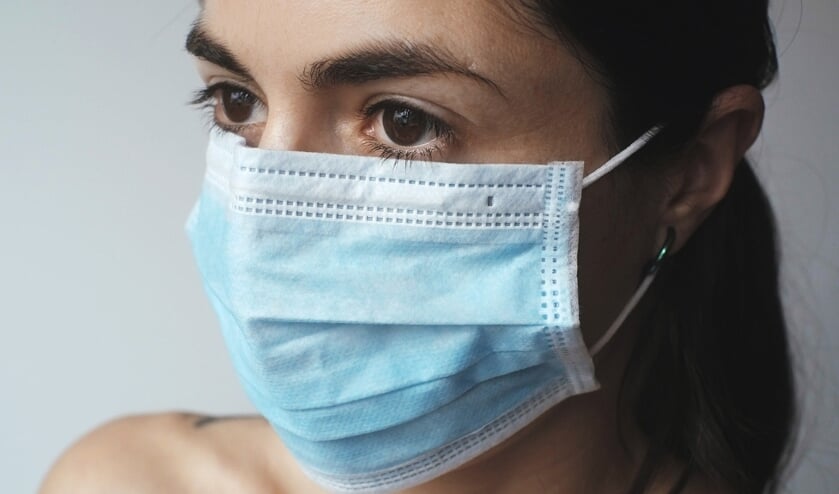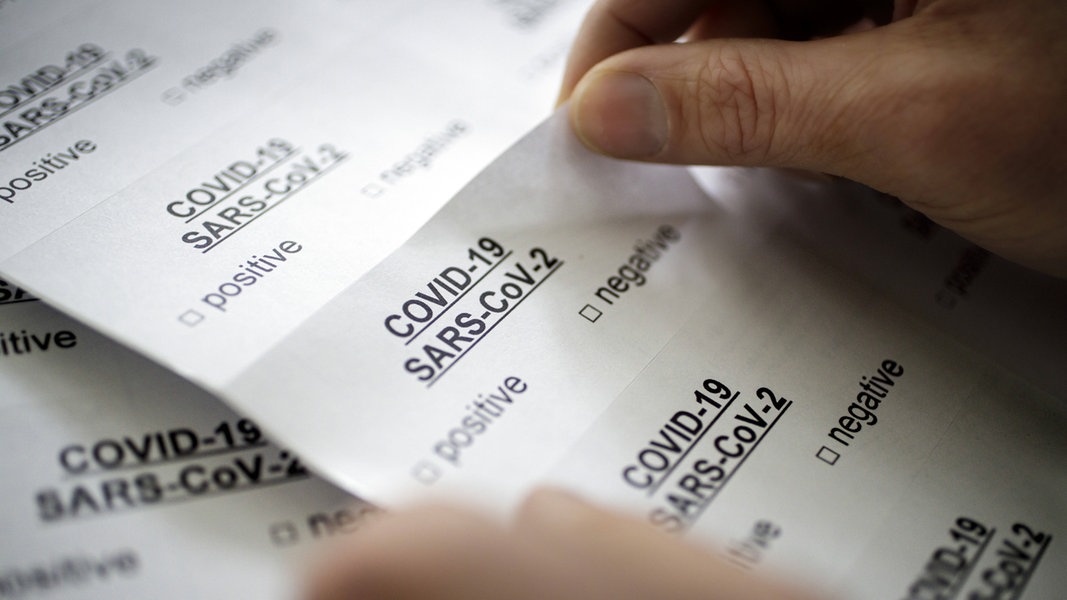BILTHOVEN Slowly but surely, the corona messages are getting more positive. It became clear on Monday that a 90% effective vaccine is on the way, today the RIVM reports strong declines on all fronts in its weekly update. Zuid-Holland-Zuid is still one of the regions with the highest number of reports per 100,000 inhabitants.
For example, the number of new reports of COVID-19 fell by 32% compared to the previous week. The number of reports has decreased in all regions. The number of hospital admissions is also falling.
REPRODUCTION RATE BELOW 1 The reproduction number R is for the first time since mid-June with certainty below 1. This seems to be an effect of the measures that came into effect at the end of September and mid-October. The number of infectious persons remains high, with more than 145,000 (lower limit 105,000 – upper limit 187,000) persons this week.
This decrease can also be seen in all age groups for the first time
In the past week, 43,621 new reports of COVID-19 were received. This is 20,466 (-32%) fewer reports than the week before. This decrease can also be seen in all age groups for the first time.
Although there is a visible decline, the number of reports and admissions is still high. The new number of reports in the past week (4 to 10 November) is comparable to the weekly figures for week 41, from 7 to 13 October, with 43,903 COVID-19 reports. Then national measures were announced by the cabinet. In the same week 41, there were 1,144 new hospital admissions and 192 new ICU admissions, compared to 1,520 new nursing unit admissions and 275 new IC admissions in the past week.
DIFFERENCES BETWEEN REGIONS The number of reports may decrease, but the number of people with a positive COVID-19 test result is still very high. The regions with the highest number of reports per 100,000 inhabitants are Rotterdam-Rijnmond, Twente and Zuid-Holland-Zuid. These regions had more than 350 reports per 100,000 inhabitants.
A decrease is visible in all regions. The regions with the greatest decline are Groningen and North and East Gelderland. These regions have a decrease of more than 40% from the week before.
From 2 to 8 November, 244,839 people were tested in the GGD test lanes, more than 50,000 fewer than in the previous week. This could at least partly be because people have less contact with each other, which means that fewer cold viruses are circulating and therefore fewer people are ‘covid-suspected’. The results are known for 243,341 people, of which 35,349 people tested positive. The percentage of positive tests is still high (14.5%), but has decreased slightly compared to the previous week.
The data from the test streets, laboratories, nursing homes, hospital admissions, IC intensive care admissions and the results of analyzes by the RIVM consistently show the same picture of a clear turnaround in the past week.
NURSING HOMES The number of new nursing home locations with at least one resident with a confirmed COVID-19 infection has decreased in recent weeks. In the past calendar week (week 45), 104 new nursing home locations were contaminated, compared to 150 in the week before (week 44).
DEATH INCREASES FURTHER Statistics Netherlands reports higher than expected mortality in the week from October 26 to November 1, as in the previous weeks. In this week, about 700 more people died than expected in this period. A significant portion of excess mortality is expected to be related to COVID-19. Which part that is will become clear later in the cause of death registry. The RIVM (National Institute for Public Health and the Environment) also records mortality figures every week. In the most recent data from the RIVM from October 22 to October 28, mortality has increased sharply in the age groups 65-74 years and 75 years and older. Mortality has increased in all regions for the first time in the second wave.
REPRODUCTION NUMBER R, THE LOWER THE BETTER The reproduction number of October 23 is 0.91 (lower limit: 0.89 and upper limit: 0.93). On October 19, the reproduction case was definitely below 1 for the first time since mid-June. The reproduction number of 0.91 means that 100 people with COVID-19 together infect 91 other people with the virus. The lower the reproduction number, the better, because even with a reproduction case of 0.91, for example, the 145,000 infectious persons this week still infected 131,000 new persons.
–


